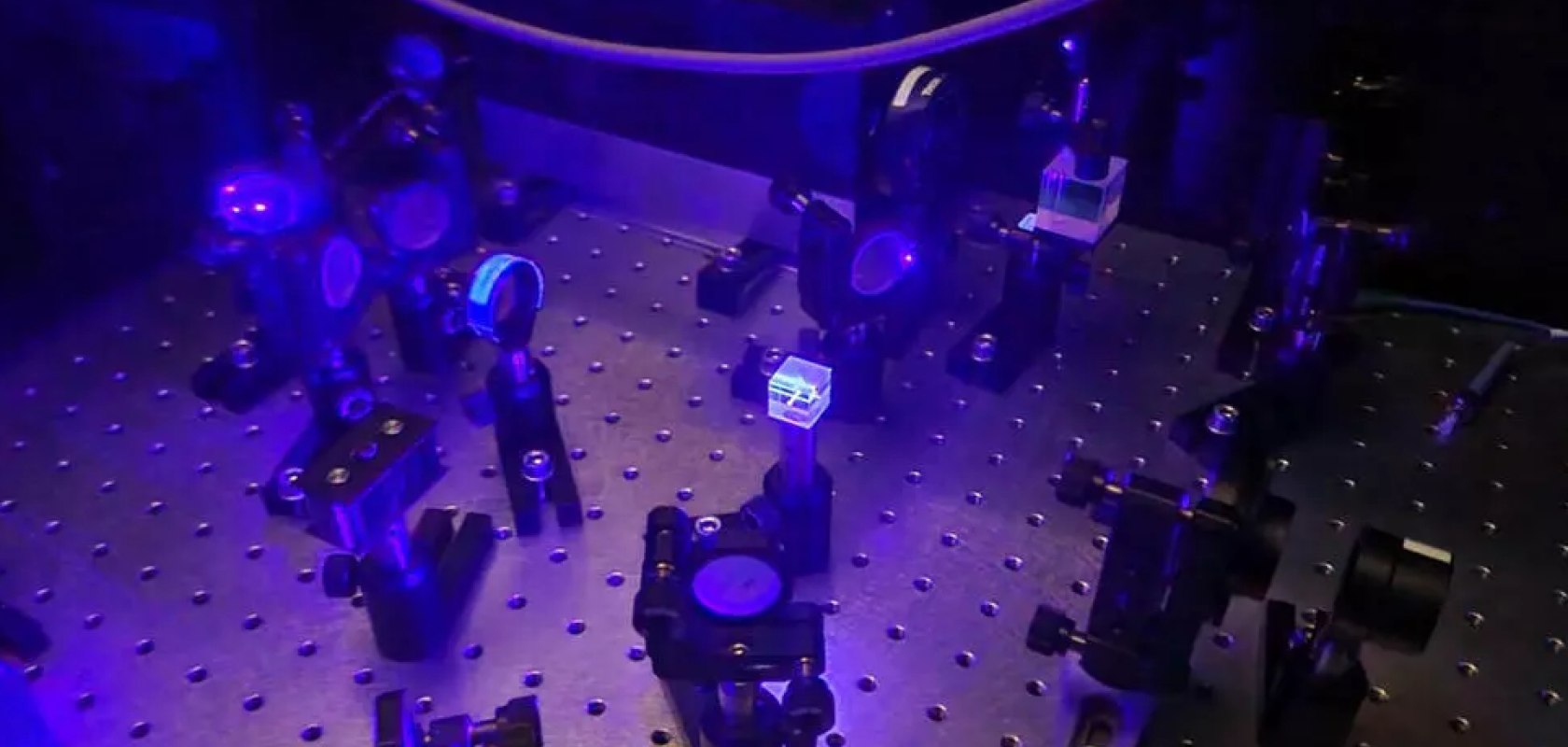Researchers at the University of Calgary have devised a new approach that utilises quantum entanglement and a genetic algorithm to image micrometre-sized samples without damaging them.
The experiment, detailed in Physical Review Research, used quantum-entangled light to generate visual representations of the internal morphology of thin, multilayered samples. The samples consisted of stacks of layers with thicknesses ranging from a few nanometres to hundreds of micrometres that featured microscopic patterns.
Quantum entanglement is a phenomenon where particles become connected and the state of one affects the others, regardless of the distance between them.
By implementing quantum interferometric methods, the research team developed a theoretical framework to anticipate the occurrence of artefacts and echoes, which can distort the final images. This allowed them to spot and filter out the artefacts during the digital imaging process.
As they imaged the various microscopic patterns on the samples, the results revealed that the entangled light combined with the algorithm was generating accurate, low-noise quantum images.
“The predictions of our approach closely matched the interferograms generated in the experiments,” Dr Shabir Barzanjeh, leader of the project said.
The team says that improving the clarity and precision of quantum sensing is a significant step toward scalable quantum optical coherence tomography (QOCT).
“QOCT is like the quantum equivalent of the sensing equipment your optometrist uses to look at the insides of your eyes,” Mayte Li-Gomez, also working on the project, said. “But it uses much less light, and would be much less invasive.”
The team says this kind of sensing would be useful for biomedical imaging and sensing, clinical applications, and materials science — allowing users to more easily see inside three-dimensional objects.
Because it uses less far less light than classical imaging, it could also capture images of objects and tissues that are sensitive to light without damaging them.
“Imagine having an imaging device where you could flip a switch to go between classical and quantum imaging,” said team member Taras Hrushevskyi. “You would have all the benefits of both — a complete picture of whatever you’re studying.”


